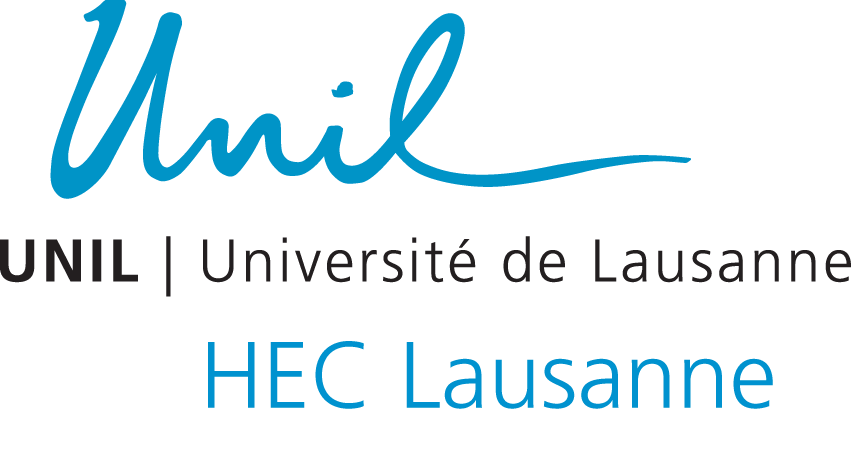Osteogenesis imperfecta (OI) is a rare heritable disorder causing low bone mass and reduced bone strength, which leads to an increased fracture risk and bone deformities. Today, the causes for the brittle behavior of OI bone are not understood. Whole bone strength depends on bone density, but also on microscale tissue properties. Differences in composition, turnover, tissue properties, and their relationship to clinical fracture risk in the presence of a disease are not known. It is therefore important to understand the properties of bone at different length scales, which together with genetic and biochemical information, may help identifying changes in bone quality influencing fracture risk in OI patients.






